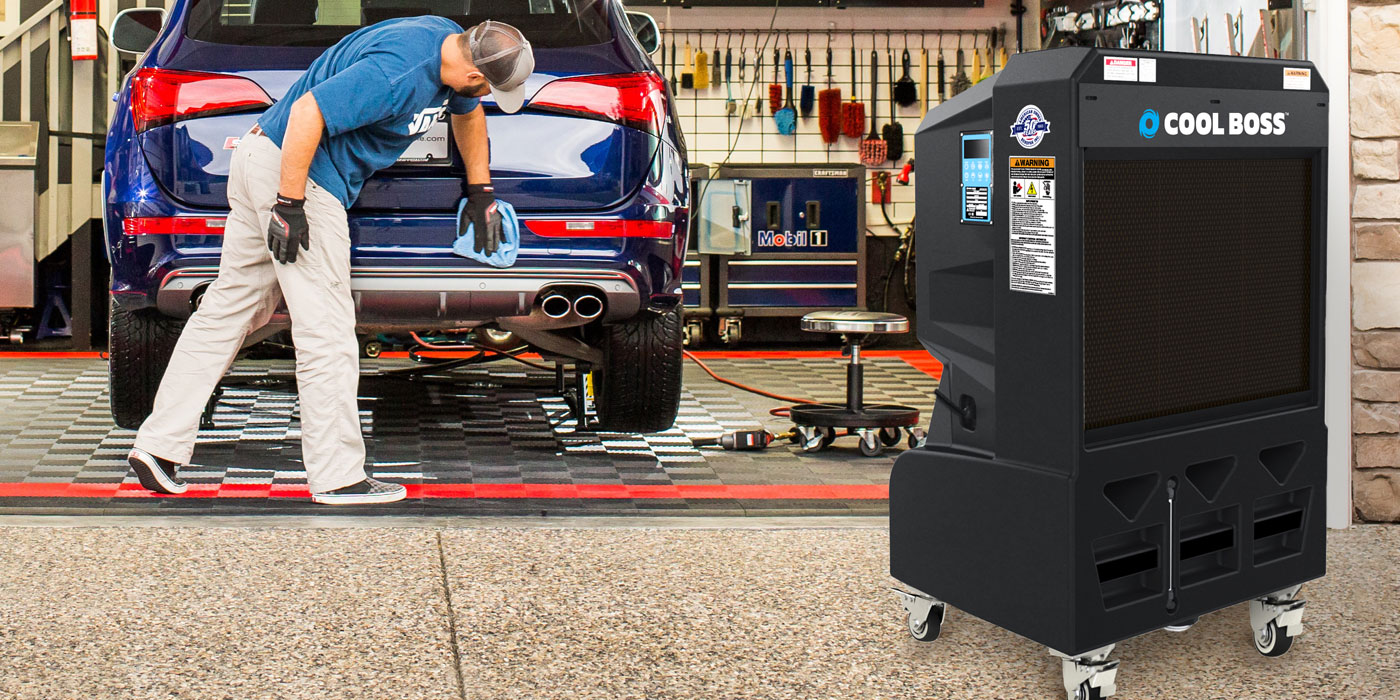As with any piece of carwash equipment, regular maintenance and efforts of preservation can pay off in dividends when it comes to your vacuums. A weakened vacuum can waste time, or frustrate a user, and a faulty vacuum can be costly if a repair or replacement part is needed. But, if you take the proper steps, you can make sure your vacuums are running efficiently and productively and not headed for a breakdown.
Loss of suction
According to Drew Dressler of D&S Car Wash Equipment Company, vacuums should be checked regularly based upon the business volume and use. “The vacuum, like other aspects of the carwash should work consistently so the customer has the same positive experience when using it each time they visit the wash.”
Vacuum efficiency is mainly affected by air flow, states Ted Winchester, vice president of sales and marketing for Coleman Hanna Carwash Systems, LLC. “Consistent air flow creates the suction allowing the vacuum to work properly. Anything that affects air flow through the vacuum suction line affects this efficiency,” says Winchester.
More articles on: Vacuums
To ensure adequate air flow, operators need to check the filter bags and keep them clean, Winchester said. “The filter bags create a very dirty environment and vacuum performance is affected from dirty bags. Air is restricted and struggles to filter through the bag causing problems. The bags need to be shaken, internally brushed and washed as needed. Keeping the dirt buckets from overfilling is also very helpful.”
Lowered efficiency culprits
The access doors have gaskets that are designed to seal the chamber, according to Winchester, and if these are leaking they greatly reduce the efficiency and need to be cleaned, repaired or replaced.
“The mounting of the motors can also cause a loss of efficiency,” adds Winchester. “Make sure they are centered over the holes and that the bottom is sealed. The motors have brushes that wear out and cause failure of the motor. When one motor fails the vacuum performance is very unacceptable. The noise of the vacuum is not noticeably different and the customer may assume that the vacuums just don’t suck.”
Winchester also suggests keeping the hoses and nozzles clean to keep a restriction from developing, and he says to make sure the seal is not leaking.
Another thing to consider is choosing a smaller hose. “Two-inch hoses are very common but a 1½-inch hose actually increases the suction because the air is sucked through a smaller opening.”
The right vacuum for the job
The best advice Anthony Analetto president of SONNY’S The CarWash Factory, has to offer, in terms of vacuum efficiency, relates to laying out free vacuum stations for customer use at an express exterior. “Some operators like to use large vacuum producers to power large numbers of stations. I disagree. I prefer to use several smaller vacuum producers powering different banks of vacuum stations.”
When volume is slow, you can completely turn off one or more excess banks of vacuum stations and direct customers to the working area with signage, suggests Analetto. “Not only will you cut utility costs, you have redundancy in the entire system so that repairs can be made without ever turning customers away from your free vacuum service.”
Bruce Micciche of Diamond Lustre International, says for detailers or full-serve vacuums it is important to match the vacuum to the task. “A common mistake most people make,” he states, “is they buy a machine with higher horsepower thinking that more horsepower means better suction, but that’s not the case. Horsepower is important but is not the only consideration.”
There are two other important numbers to consider, according to Micciche: Static lift and CFM (cubic feet per minute). One way to understand the difference is to remember that static lift, or just lift, is what gets the dirt or water from the surface to the tool. CFM is what moves the dirt or water back to the machine.
Read also: Business operations articles
“If you want a vacuum at a particular location and need a long hose, you want a machine with higher CFMs (maybe in the 160-175 range). Most consumer vacuums have a single stage motor with lift in the 150-175 CFM range and lift in the 60-70 inch range.”
Professional vacuums, continues Micciche, will typically use at least a two-stage motor that produces more lift at 85-100 inches and fewer CFMs like 90-100. “These machines are better equipped to handle the day to day use and because the lift is higher, it does a better job of removing dirt and water from the surface to be cleaned.”
Other tips for success
Along with following a routine maintenance schedule (see sidebar), Wes Taggart of Auto Vac Vacuum Systems, offers up other tips.
Follow the rules: Follow the manufacturer’s maintenance manual and service the equipment as necessary and instructed. The manufacturer knows best.
- Keep it neat: Hang up all vacuum hoses when not in use.
- Check for wear and tear: Make sure that the vacuum tools and rubber pads are in good condition and not worn out.
- Check for leaks: Check the separator, piping, hoses, tools, hangars, fittings. Seal any/all leaks or replace items as necessary.
- Keep it going: Run your vacuum throughout the day. Turning it on and off reduces the life of the equipment and can be cause for unnecessary power spikes, resulting in higher electric bills.
- Keep the manifold clean: Clean out the manifold as needed to ensure there are no clogs in the piping.
- Check the size: Confirm that your vacuum horsepower and separator are sized correctly. The power of the turbine and size of the filter separator should be sized according to the demand of the number of simultaneous users on the system. An over-powered system is an inefficient and expensive system.
- Check your manifold: If the line loss calculation was not considered in your piping to reduce the piping size according to the number of drops and length of the manifold, both loss of pressure and unnecessary clogs will become evident in the system.
What about energy efficiency?
For those operators wanting to invest in an exceptional efficiency solution for their vacuum station, Taggart suggests installing a software-installed, programmed VFD (variable frequency drive).
“The manufacturer should be able to physically demonstrate the functionality of the drive and provide an energy savings estimated report based on the specific implementation of the drive at the site,” says Taggart. “A programmed VFD will improve the efficiency of the motor-driven equipment by matching the speed to the changing load requirements.
Installing a correctly programmed VFD, according to Taggart, will:
- Dramatically lower electric bills through reduced energy consumption;
- Extend the equipment life;
- Lower maintenance costs;
- Simplify equipment needs;
- Improve airflow control;
- Protect driven equipment; and
- Increase productivity and much more.
The return on investment is short (usually around one year), Taggart says, and, “the savings continue on year after year.”














